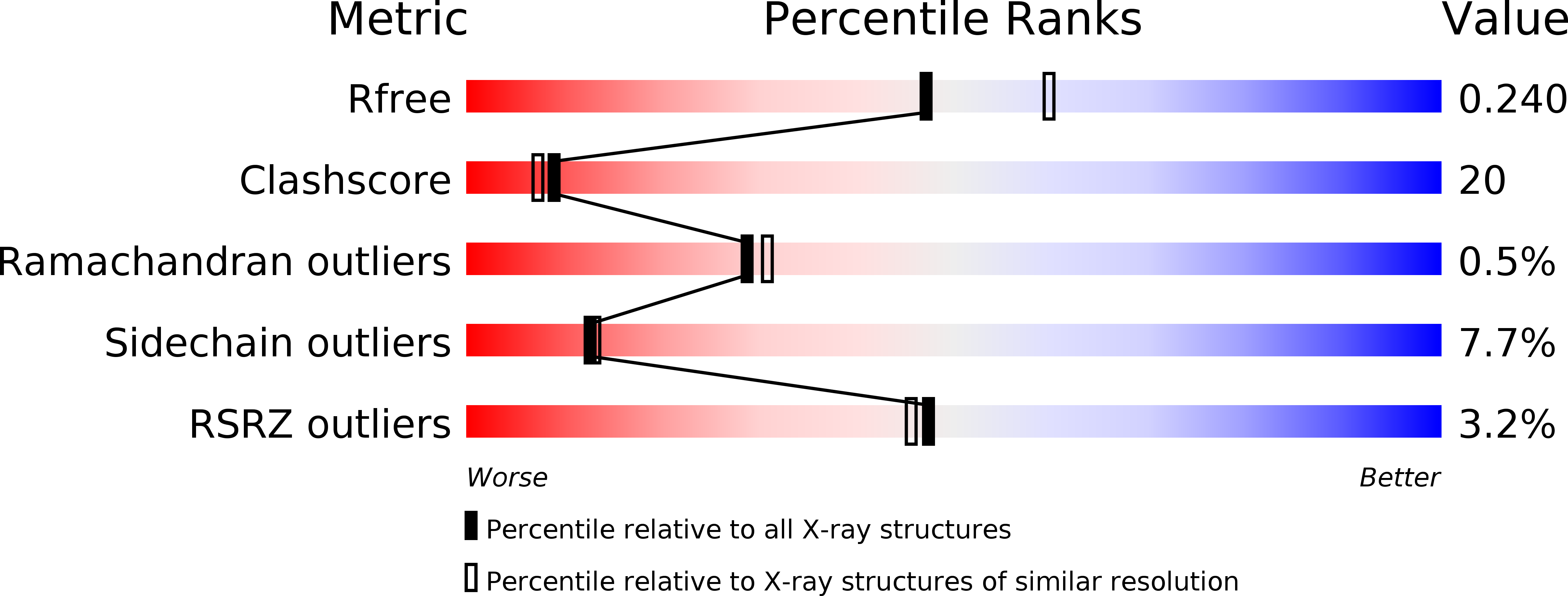
Deposition Date
2006-03-31
Release Date
2006-09-05
Last Version Date
2023-08-30
Entry Detail
PDB ID:
2GK2
Keywords:
Title:
Crystal structure of the N terminal domain of human CEACAM1
Biological Source:
Source Organism:
Homo sapiens (Taxon ID: 9606)
Host Organism:
Method Details:
Experimental Method:
Resolution:
2.20 Å
R-Value Free:
0.25
R-Value Work:
0.21
R-Value Observed:
0.21
Space Group:
P 63


